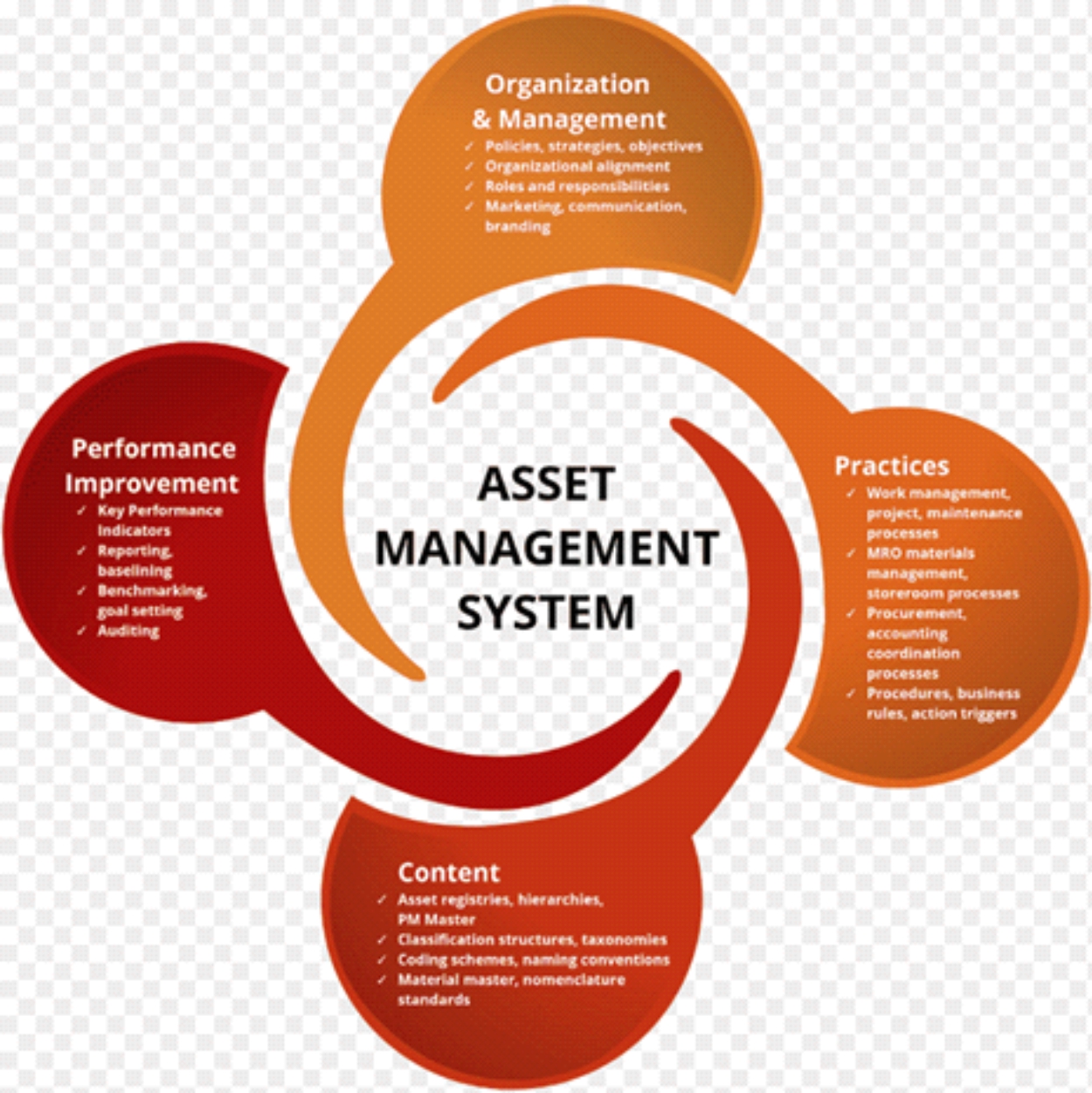The oil and gas industry thrives on its assets – the vast networks of platforms, pipelines, and refineries that extract, transport, and process valuable resources. In a world of fluctuating energy demands, cost pressures, and ever-more-stringent safety regulations, optimizing asset management becomes paramount.
This is where ISO 55001 enters the scene. Published in 2014, this International Standard provides a framework for establishing a structured, risk-based approach to asset management. While not an industry-specific standard, ISO 55001 offers a powerful lens through which oil and gas companies can re-evaluate and refine their asset management practices.
Unveiling Best Practices: An ISO 55001 Lens
Let's delve into the core principles of ISO 55001 and explore how they translate into best practices for oil and gas companies:
- Context and Leadership Commitment: ISO 55001 emphasizes understanding the external and internal factors impacting your assets. For oil and gas companies, this translates to considering factors like fluctuating energy prices, evolving environmental regulations, and technological advancements. Furthermore, strong leadership commitment is crucial for successful implementation. Imagine an executive team actively championing a culture of asset stewardship – a powerful driver for long-term success.
- Risk-Based Decision Making: The standard promotes a systematic approach to identifying, analyzing, and prioritizing risks throughout an asset's lifecycle. Oil and gas companies can leverage this framework to identify potential equipment failures, safety hazards, and operational disruptions. By proactively mitigating these risks, they can ensure optimal asset performance and minimize downtime.
- Whole-Life Cycle Perspective: Moving beyond a reactive "fix-when-broken" approach, ISO 55001 compels organizations to consider the entire lifecycle of an asset – from acquisition and design to operation, maintenance, and eventual decommissioning. For oil and gas companies, this translates to optimizing maintenance schedules, planning for future upgrades, and ensuring responsible end-of-life practices.
- Competence and Awareness: The standard emphasizes the importance of a competent workforce with a clear understanding of asset management principles. Oil and gas companies can invest in training programs for personnel at all levels, fostering a shared language and appreciation for responsible asset stewardship.
Exploring the Potential: A Call for Further Investigation
While ISO 55001 provides a robust framework, the oil and gas industry holds immense potential for further exploration and best practice development.
- Integration with Existing Practices: Existing management systems, like ISO 14001 (environmental management) and ISO 9001 (quality management), can be seamlessly integrated with ISO 55001, creating a holistic approach to operational excellence.
- Data-Driven Decision Making: The increasing availability of sensor data and analytics tools can be harnessed to further refine maintenance strategies and optimize asset performance. Imagine leveraging real-time equipment data to predict potential failures and schedule targeted maintenance interventions.
- Benchmarking and Knowledge Sharing: Collaboration between industry leaders can foster the exchange of best practices and facilitate continuous improvement in asset management strategies.
Conclusion: A Journey of Continuous Improvement
The oil and gas industry stands at a crossroads. By embracing the principles of ISO 55001 and fostering a culture of continuous improvement, companies can unlock a new era of operational excellence. Through a risk-based, whole-life cycle perspective, oil and gas companies can ensure the long-term sustainability and profitability of their assets, while navigating the ever-evolving demands of the industry. The journey towards optimized asset management, guided by ISO 55001, is an ongoing exploration with the potential to unlock significant value for both companies and stakeholders alike
Remember, ISO standards are not prescriptive; they provide a framework for organizations to adapt and build upon.

